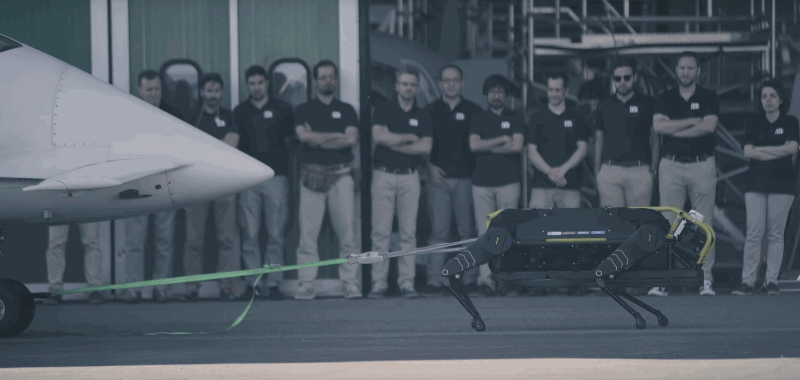Nvidia announces its Studio line of laptops to compete against the MacBook Pro
During its press conference in Taipei a day before Computex starts, Nvidia announced a new line of laptops that will run its RTX graphics processing units, as well as a new software platform called Studio, with […]
Nvidia announces its Studio line of laptops to compete against the MacBook Pro Continue »







